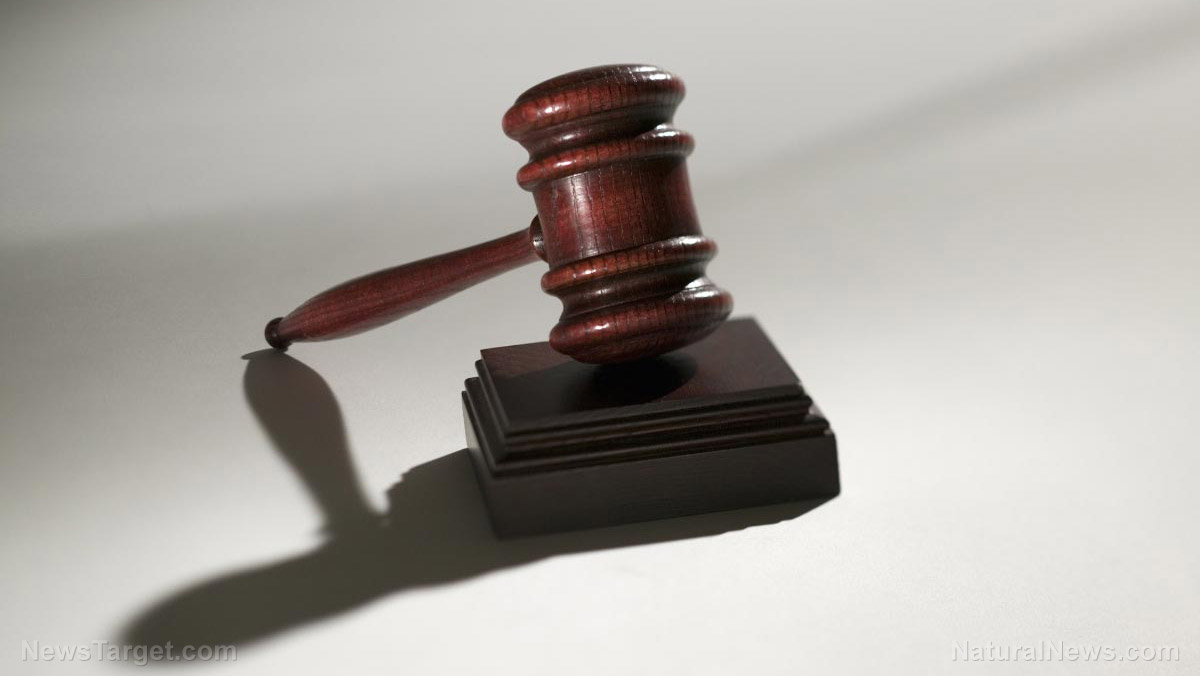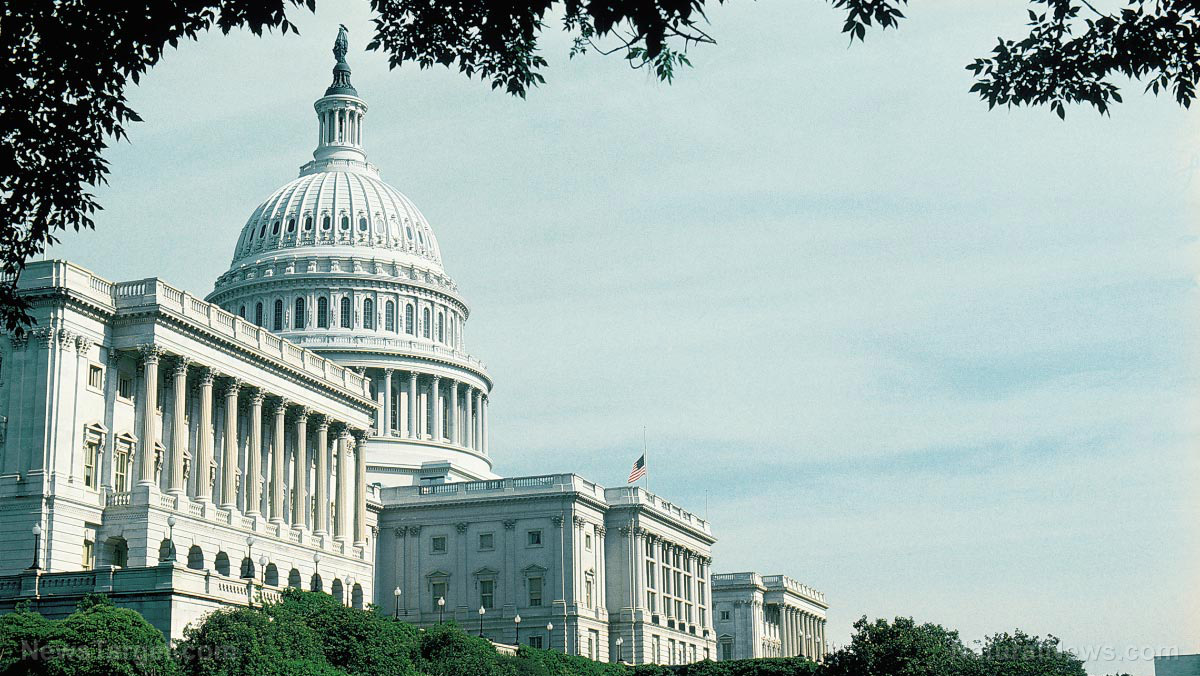
Titled “The Judiciary Department” and published on May 28, 1788, the purpose of the paper was to explain the function, scope, and power of the federal judiciary. In it, Hamilton argued this branch was the weakest because it did not have any “influence over either the sword or the purse… It may truly be said to have neither FORCE nor WILL, but merely judgment.”
That may have been the founders’ intent for the Judicial Branch, but that’s not how things turned out. Today, some 230 years later, the federal judiciary still does not possess any actual enforcement mechanism regarding its rulings, but those rulings are often treated as though they have the force of law. And what’s more, presidents and successive congresses have become accustomed to allowing the Judicial Branch to be utilized as a political tool against them, as we’ve seen time and again over the past few decades.
Federal courts, at times, thwarted Presidents Clinton, Bush, and Obama, to be sure.
But today, the hard Left is using the Judicial Branch as a legal cudgel to batter the Trump administration, challenging everything from his authority to issue executive orders based on existing law to utilizing funds not earmarked for any specific purpose to build a wall along our southwestern border.
Essentially, the president’s political (and actual) enemies are utilizing federal courts to issue “Judicial vetoes” over his ability to govern, while usurping his authority under Article II of the Constitution.
Mind you, the founders did design the Judiciary to be independent of politics and to rule on the constitutionality of laws and presidential policies. That’s why federal judges and Supreme Court justices were given lifetime appoints during ‘periods of good behavior.’ But clearly even the process of selecting federal judges has become politicized. Presidents do not nominate candidates for the federal bench who do not share his political ideology; similarly, the Senate votes to confirm or deny those nominees based on who controls the chamber at the time. And Congress does not hold federal judges accountable, as in ever.
Federal courts have more power than they were ever supposed to have
This politicization of the federal bench has led to several egregious rulings that have little to do with current law or constitutional provisions and everything to do with differences in ideology.
— Early in the president’s tenure, he was blocked by activist federal judges in the Ninth Circuit — one of the most overturned of all circuits — when he attempted to do what President Obama did: Ban travel into the U.S. from some terrorist-sponsoring countries. Eventually, the U.S. Supreme Court overturned these rulings, as they should have.
— Trump is routinely being flouted by federal courts over his attempts to enforce immigration law and secure the border. As Hans A. Von Spakovsky, a senior legal fellow at the Heritage Foundation, noted in April, a highly politicized Obama appointee, Judge Richard Seeborg (Ninth Circuit) issued a nationwide injunction against the Trump administration’s effort to implement a new “remain in Mexico” asylum policy. Administrations were given this statutory authority by Congress under 8 U.S.C. §1225 (b)(2)(C). (Related: Trump may have to invoke ‘Insurrection Act’ to protect the country after another Obama judge blocks his border wall construction.)
Speaking of nationwide injunctions, Bruce Thornton explained in FrontPage Magazine in May:
Vice President Pence announced recently that the Trump administration is finally pushing back against activist judges in Federal District Courts who issue nationwide injunctions against lawful executive policies on issues like immigration.
It’s about time. The federal judiciary has been transformed into an all-powerful branch of government filled with political appointees who decide cases based on ideology, not constitutional and statutory authority as they are supposed to do.
Sources include:
Please contact us for more information.























